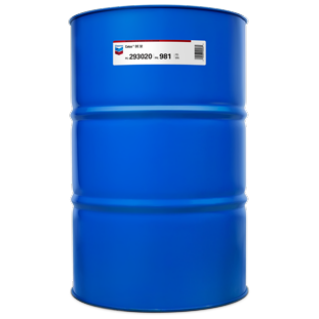 Texatherm® is a heat transfer fluid formulated to meet the requirements of hot circulating systems operating at temperatures of up to 320°C. Based on highly refined paraffinic base oils with inherently good thermal stability, Texatherm contains
selected additives which help to enhance oxidation stability, protect against rusting or corrosion of steel and copper, and prevent air entrainment and foaming.
Texatherm® is a heat transfer fluid formulated to meet the requirements of hot circulating systems operating at temperatures of up to 320°C. Based on highly refined paraffinic base oils with inherently good thermal stability, Texatherm contains
selected additives which help to enhance oxidation stability, protect against rusting or corrosion of steel and copper, and prevent air entrainment and foaming.
Texatherm is recommended for use as a heat transfer fluid in temperatures ranging from –15°C to a maximum bulk temperature of 288°C. The maximum recommended film temperature is 316°C (the film or skin temperature is the temperature of the oil film that it in direct contact with the internal wall of the heat exchangers tubes in the heater).
GESAB
Maximum bulk oil temperature 288°C
Maximum film temperature on heater surfaces 316°C
Maximum temperature of oil surface in contact with air in open system 107°C
1. Thermal and Oxidation Stability
Exhibits good thermal and oxidation stability, allowing operation at high temperatures for extended periods.
2. Heat Transmission
Maximum heat transmission to the process vessel or equipment allows the use of smaller circulating system pumps, valves and heating coils.
3. High Thermal Conductivity
High thermal conductivity and low viscosity at the relevant operating temperatures helps to ensure high heat transfer rates with limited pumping energy.
4. Low Vapor Pressure
Low vapor pressures at the elevated temperatures minimize evaporation, vapor lock and cavitation, and eliminates the need to high-pressure piping and equipment.
5. Low Temperature Operation
Low temperature fluidity assists rapid system start-up.
